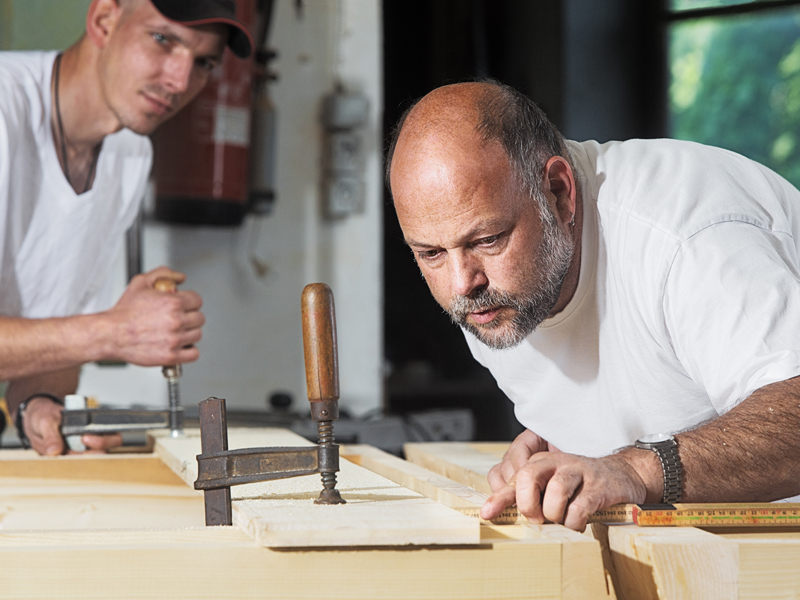The future of handicraft – Six possible scenarios
 Handicraft in industrial and residential construction is characterized by numerous external influences and is constantly changing. The major drivers of alternative developments can be pointed out in six scenarios.
Handicraft in industrial and residential construction is characterized by numerous external influences and is constantly changing. The major drivers of alternative developments can be pointed out in six scenarios.More than half of all handicraft businesses in Germany focus on construction and finishing services. Due to more than one million handicraft businesses in total, the economic importance of the handicraft industry is undoubtedly. This industry sector is fragmented more than any other, dominated predominantly by small companies that strongly dependent on external developments and are forced to respond swiftly to changes.The handicraft industry is directly exposed to cyclical economic up- and downswings, but the exposure is not limited to this. Other difficulties handicraft businesses experience comes with the customer demand to continuously add value to their services throughout innovations, for instance by new materials or processes. Nevertheless, this are only two out of many more external influences and developments on handicraft businesses. The main question for handicraft companies is not whether they respond to those developments, but how fast they are able to do so? Which potentials can be derived from this? What options remain in order to think ahead and to derive strategic actions for handicraft companies? To shed some light into this complex and uncertain environment ScMI and Kreishandwerkerschaft Paderborn-Lippe developed future scenarios for the handicraft industry to tackle these issues and help to derive future-robust decisions.







